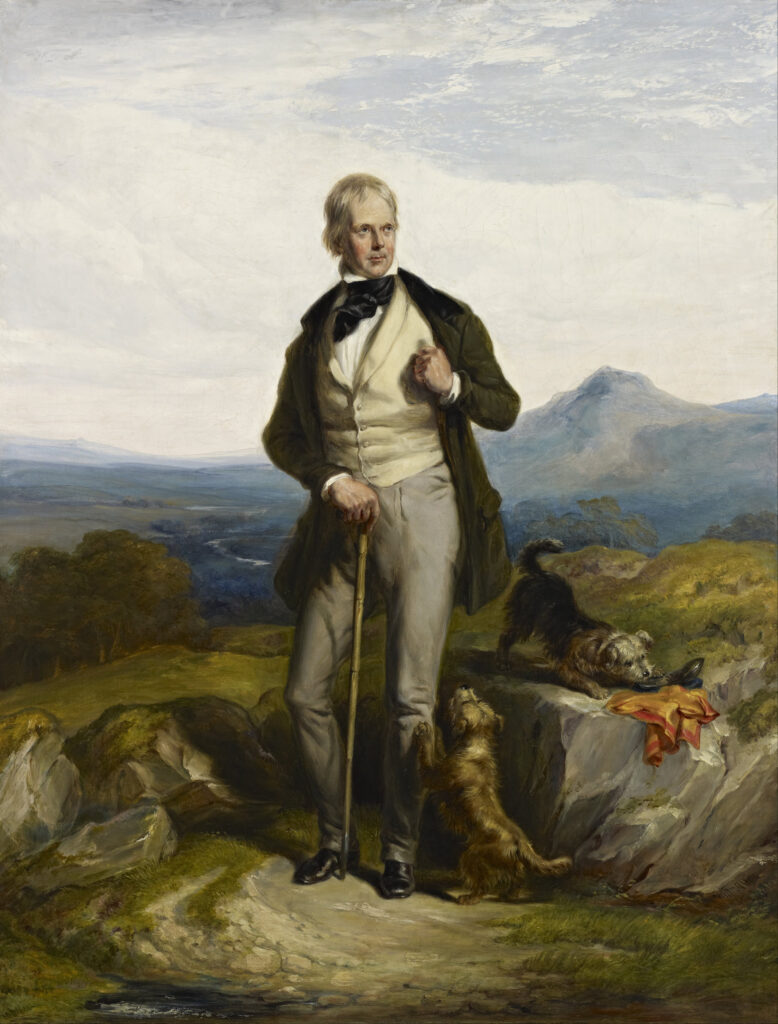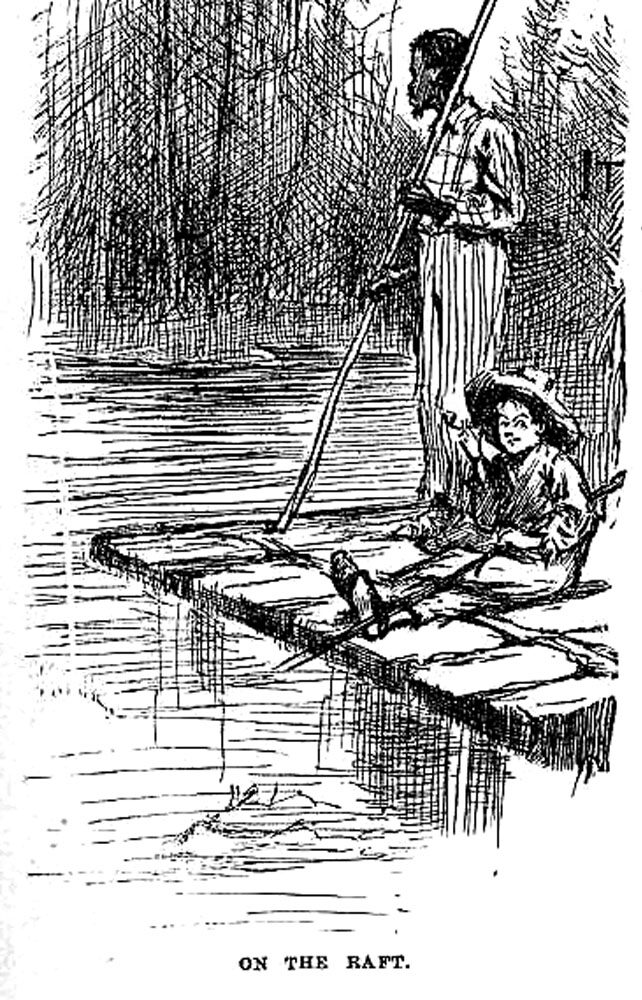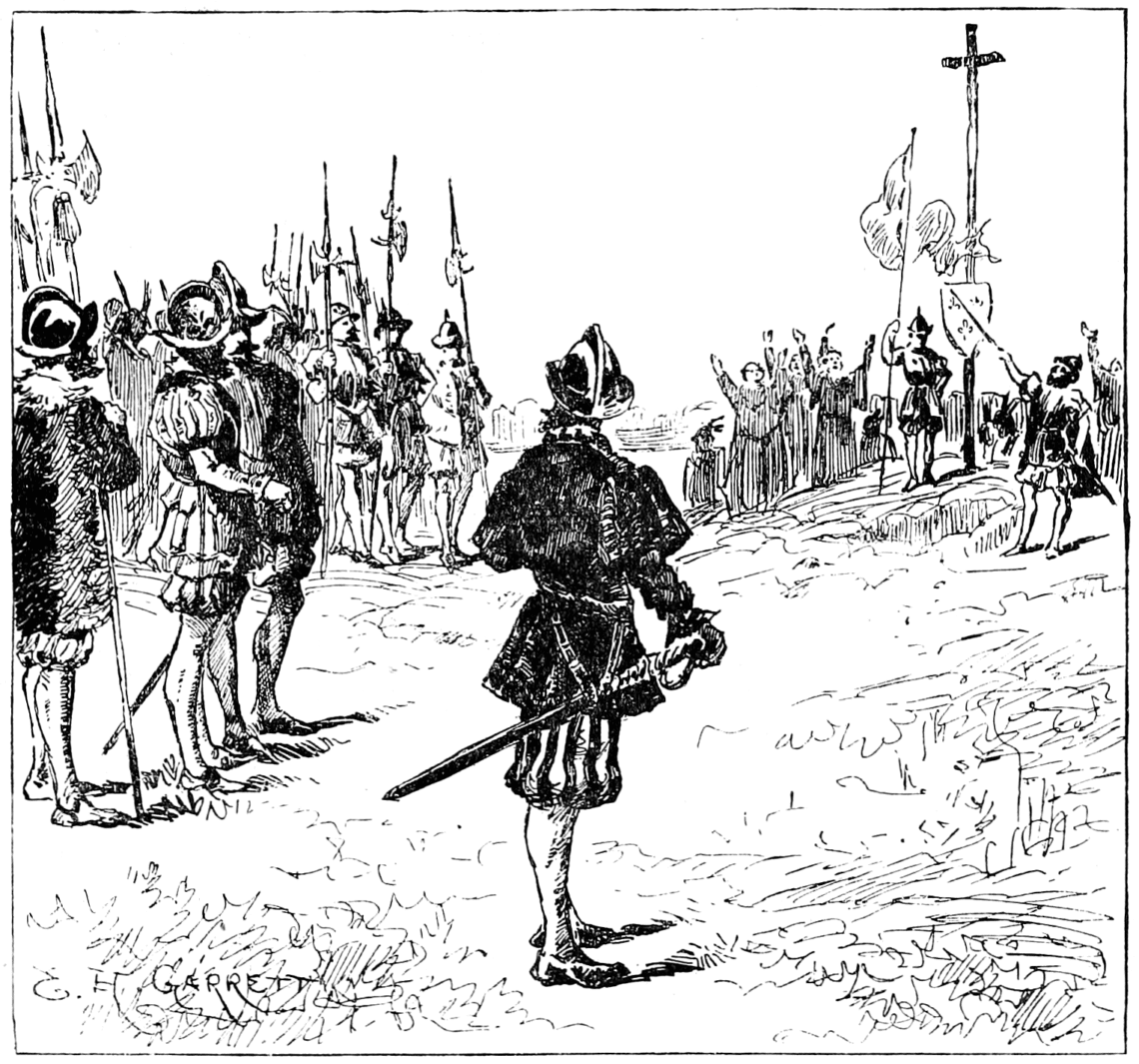by Mike St. Thomas
The growth of the classical school movement in recent years testifies to the continuing appeal of those objects of study that fall under the banner of the “true, good, and beautiful.” The wisdom of ancient philosophy, the drama of Elizabethan England, the masterpieces of renaissance art—these works and other elements of the western canon, when explored, never lose their ability to speak to our minds and hearts. In a word, they are timeless, and it is a blessing that a growing number of young people are exposed to them.
With this resurgence, however, comes a similarly timeless temptation: to allow our ideals to turn into idols, and blind us to the present moment. Any idea, especially the ones we hold most dear, threatens to turn into an ideology.
Mark Twain thought so, too. In his Life on the Mississippi, he lays the blame for the Civil War not on racist animus or unchecked vengeance but on the South’s infatuation with the chivalric romances of Sir Walter Scott:
It was Sir Walter that made every gentleman in the South a Major or a Colonel, or a General or a Judge, before the war; and it was he, also, that made these gentlemen value these bogus decorations. For it was he that created rank and caste down there, and also reverence for rank and caste, and pride and pleasure in them. Enough is laid on slavery, without fathering upon it these creations and contributions of Sir Walter.
Sir Walter had so large a hand in making Southern character, as it existed before the war, that he is in great measure responsible for the war. It seems a little harsh toward a dead man to say that we never should have had any war but for Sir Walter; and yet something of a plausible argument might, perhaps, be made in support of that wild proposition. The Southerner of the American Revolution owned slaves; so did the Southerner of the Civil War: but the former resembles the latter as an Englishman resembles a Frenchman. The change of character can be traced rather more easily to Sir Walter’s influence than to that of any other thing or person.

Twain indicts the South for falling in love with Scott’s idealized version of medieval life and allowing that narrative to chart its course in the decades leading up to the Civil War. The South saw itself as the torchbearer of a noble spirit that the rest of the world left behind; in Twain’s view, it had succumbed to a “jejune romanticism of an absurd past” and in doing so avoided facing the horrors of chattel slavery.
Notably, Twain’s critique, published in 1883, worked its way into his most famous novel, published two years later. The half-sunken steamboat in The Adventures of Huckleberry Finn on which Huck and Jim are temporarily trapped with thieves and murderers is named The Sir Walter Scott. As it breaks apart and floats downriver soon thereafter, Huck notes, “there warn’t much chance for anybody being alive in her.” The ideals of the noble South are in ruins, the rather obvious metaphor makes clear, and those criminals which it bred will deserve what they get when the wreck finally sinks.
More subtly, a Walter Scott-esque heroic sensibility animates the character of Tom Sawyer throughout the novel. While Huck comes of age in the novel that bears his name, Tom remains a child, with a romantic outlook on the world that appears increasingly dangerous to others as the novel continues. Early on he insists that everyone in his gang must rob and kill travelers on the road: “I’ve seen it in books,” he says, “and so of course that’s what we’ve got to do.” At the end of the novel, Tom’s antics are more difficult for Huck (and readers) to endure, as he purposely makes it difficult for Jim to escape the Phelps’ farm, insisting on convoluted rules that greatly delay the escape and cause Jim to suffer. Tom himself nearly gets killed in the unnecessarily hazardous endeavor. To make matters worse—much worse—Tom later tells everyone that Jim’s owner, Miss Watson, had died several months before and freed him in her will. Poor Jim was already free—and Tom didn’t tell him because, as he says, “I wanted the adventure of it.”
Twain published his novel in the wake of the failure of Reconstruction and the onset of Jim Crow. This historical reality casts Tom’s antics in a chilling light—pretending that slaves are not actually free is not so fictional after all. Despite the ridiculousness of Tom’s character in this novel, in real life, the spirit which animates him ultimately won the day. After Reconstruction, the myth of the “Lost Cause” emerged in the South as a way to link Walter Scott’s imagined past with post-bellum reality. Though the South had taken its lumps in the 1860s and 70s, this narrative went, its ideals emerged unvanquished, the lineage unbroken.
What does all of this have to do with classical education? I’m not suggesting that loving what is true, good, and beautiful amounts to flying the Stars n’ Bars from the flagpole. Nor am I implying that teaching medieval romances like Sir Gawain and the Green Knight is code for instruction in white supremacy, despite what some progressives claim.
The connection is more primary: The deleterious effects of Sir Walter Scott on the South can find a corollary in any effort to pass on a tradition, especially one that claims the moral high ground. This can be as true of an education committed to promoting “diversity, equity, and inclusion” as one intent on “saving Western Civilization.”
The unique situation of the classical school revival in the modern age makes it especially vulnerable to the temptation of ideology. Classical schools thrive because they profess to offer students a richer engagement with the world than their mainstream counterparts do. Yet when this difference is couched in terms of passing on the “right” knowledge instead of the “wrong” knowledge, a singular danger emerges.
That danger consists in conflating knowing with being, without properly placing the former in service of the latter. Any education passes on a specific body of knowledge to students and provides an encounter with specific thinkers and works; what that knowledge is and who those thinkers are should depend on their ability to help us live fully in the present. If we want our students to be open to what Aristotle and Shakespeare are saying to them, it should be because we want them to remain open to what the truth of the here and now is saying to them—in their hearts and minds as well as in the world around them.

In the Christian tradition, the true, good, and beautiful are not found in ideas but in a person. Our pursuit of these things in our studies, therefore, should cause us to be more cognizant of their apotheosis in other humans, who, as any good Christian can tell you, are uniquely made in God’s image. To understand the common good as outlined in Plato and Augustine is important; to actively pursue it—which requires sacrifice and compromise with those with whom we disagree—is another thing altogether.
Classical education need not succumb to these temptations. It’s important, in this regard, to commit to teach students method as well as content. Ultimately, an education shouldn’t just impart ideas; it should show students how to inquire into reality. This means helping them learn how to pay attention, how to be curious and critical, how to examine the world with humility and ask questions fearlessly. Because we are made in God’s image, we are wired for the good, true, and beautiful; a successful education will help students to recognize these things for themselves. Perhaps they will come to recognize them in places and people to which we ourselves are blind.
Ultimately, that’s what Huck Finn himself did. The Mississippi River, and his fellow companion Jim, were his Ivanhoe and Rob Roy. In coming to recognize in Jim what Tom and his society did not, the quotidian proved to be a better teacher than a noble tradition. Let’s hope our students will be prepared to recognize goodness, truth, and beauty wherever they may appear.

Mike St. Thomas chairs the English department at the Portsmouth Abbey School in Rhode Island. His work has appeared in Commonweal, Plough Quarterly, and The Hedgehog Review, among other publications. Learn more at www.mikestthomas.com.
Header Image: Life on the Mississippi, Mark Twain, p.43; Author Mark Twain, Public domain, via Wikimedia Commons






One Comment
Henry Lewis
This is a fantastic article! What an insightful reflection – past applied to the present – such a treat for the mind. Thank you for publishing the beautiful essay.